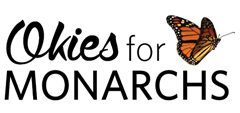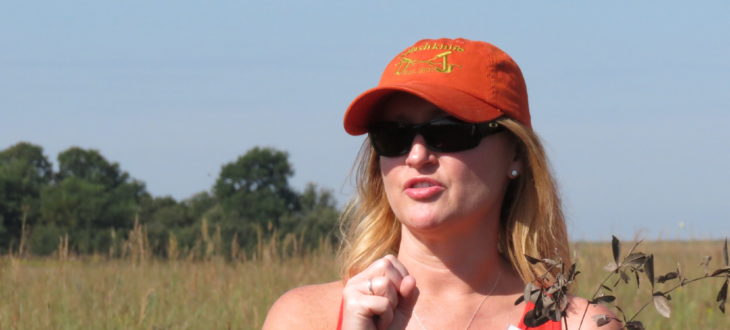Tue, December 11, 2018
1:00 pm - 2:00 pm
Join By Dr. Shelly Wiggam of Kansas State University in this webinar to learn about her research that examines native pollinator responses to rangeland management practices in the Central Great Plains, including patch-burn grazing – a management practice that strives to effectively mimic pyric herbivory. The findings of this research indicate that patch-burn grazing has significant potential to restore one of North America’s most endangered groups of wildlife – grassland pollinators – with one of its most dominant land-use enterprises – cattle grazing.
Fire created and maintains grassland ecosystems around the world, with the pattern and processes in these systems maintained by fire driven grazing – an ecological process called pyric herbivory. Pyric herbivory creates a patchwork of habitat types across space and time at local, regional, and continental scales, with each patch in a different state of post fire and grazing recovery. This diverse and shifting mosaic of habitat is what native wildlife in grassland ecosystems evolved with, and most wildlife species in these systems depend on more than one type of habitat to complete their life cycles.
Rangelands are the last stronghold for native wildlife in North America, with grassland prairies, savannas, steppes, and open woodlands making up the majority of these rangelands. However, conventional rangeland management practices in the United States strive for uniform animal distribution and forage utilization, which in turn selects for uniformity in habitat structure and plant species composition across vast landscapes. This uniformity in habitat across both space and time is in direct contrast to the patterns and processes of patchy habitat that wildlife evolved with in these rangeland systems.
LocationOnline Webinar
, OK
http://www.oakfirescience.com/events-webinars-source/2018/11/26/if-you-want-something-to-die-make-it-be-still-pyric-herbivory-promotes-pollinator-diversity
Categories

